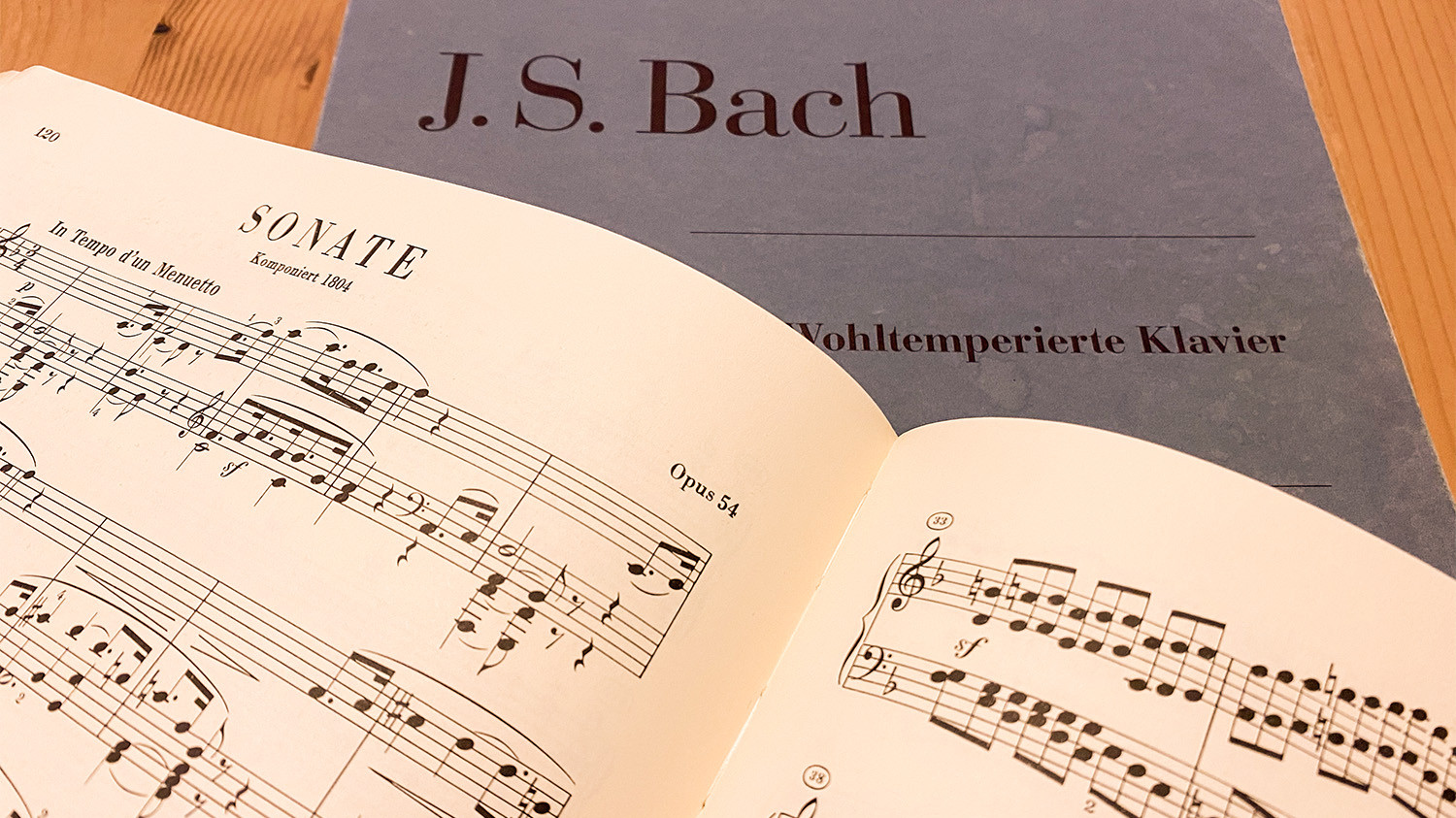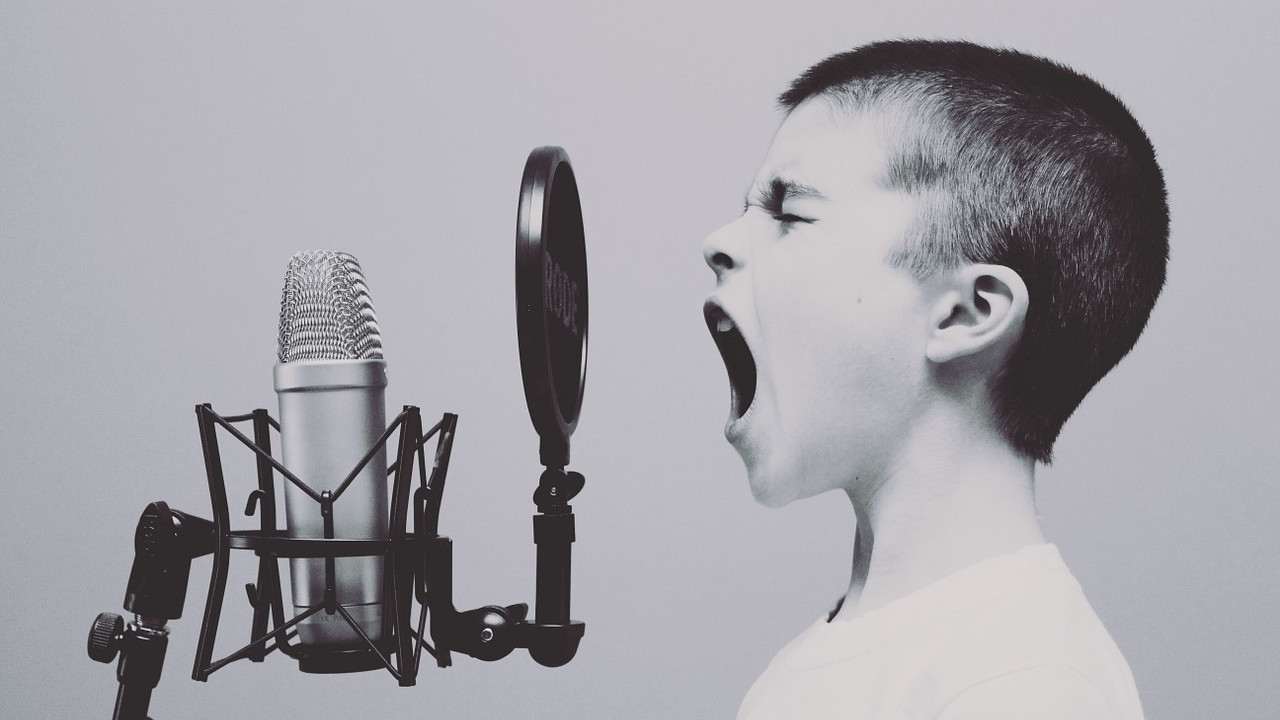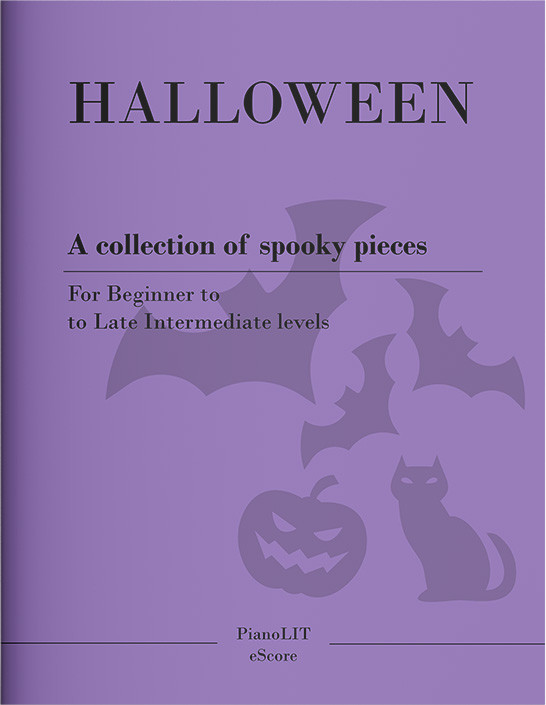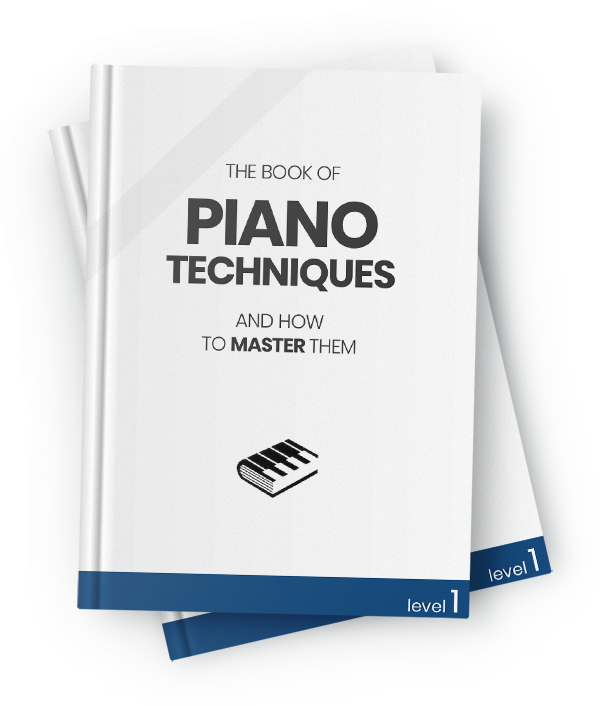Core piano repertoire that every pianist should know
The piano repertoire is vast, but there are some pieces that every pianist, regardless of the level, should absolutely know. Here's the list.
Sep 11, 2020 • 14 min read
46851

Want a heads up when a new story comes out?
There's a large number of piano compositions that were developed over the centuries. But some pieces emerge as staples of not only piano music but classical music in general. We often refer to entire collections that stand out given their musical quality and artistic innovation. You don't need to learn and digest every piece of each collection (that's a gargantuan task!), but becoming familiar with this repertoire is essential for every pianist.
The following list outlines each collection, including excellent performances from great pianists around the world.
Well-tempered Clavier, Book I and Book II by J. S. Bach
The Well-tempered Clavier is a collection of 48 preludes and fugues by Johann Sebastian Bach, published in two books (1722 and 1742). It explores the distinct character and mood of each of the 12 major and 12 minor keys and constitutes the largest-scale and most-influential undertaking for solo keyboard of the Baroque era. Each set contains 24 pairs of prelude and fugue. The first pair is in C major, the second in C minor, the third in C♯ major, the fourth in C♯ minor, and so on. The well-tempered in the title refers to the employment of a tuning system that would work equally well in all keys—a circumstance rare in Bach’s day.
BOOK I
Period: Baroque (1722)
Number of pieces: 24 pairs of preludes and fugues
Difficulty: ranges from late-intermediate to advanced
Catalog number: from BWV846 to BWV869
Most famous pieces in the collection: Prelude and Fugue in C major, Prelude and Fugue B flat, Prelude and Fugue C minor, and Prelude and Fugue G minor
Watch this great performance by András Schiff playing the first and famous Prelude in C major.
BOOK II
Period: Baroque (1742)
Number of pieces: 24 pairs of preludes and fugues
Difficulty: ranges from late-intermediate to advanced
Catalog number: from BWV870 to BWV893
Most famous pieces in the collection: Prelude and fugue in F minor
Watch this great performance by András Schiff playing the Prelude in F minor.
32 Sonatas for Piano by L. v. Beethoven
Ludwig van Beethoven wrote his 32 piano sonatas between 1795 and 1822. As a set, they compose one of the most important collections of works in the history of music. Hans von Bülow called them "The New Testament" of the piano literature with Bach's The Well-Tempered Clavier being "The Old Testament".
The cycle of sonatas can be divided into three periods: early, middle, and late sonatas with the latter containing his most difficult sonatas. The early sonatas were highly influenced by those of Haydn and Mozart.
EARLY PERIOD SONATAS
Period: Classical (1795 to 1801)
Number of pieces: 15 sonatas
Difficulty: ranges from late-intermediate to advanced
Catalog number: Op. 2 [No.1, 2, 3], 7, 10 [No.1, 2, 3], 13, 14 [No.1, 2], 22, 26, 27 [No.1, 2], 28, 49 [No.1, 2]
Most famous pieces in the collection: Op. 27 No. 2 "Moonlight" and Op. 13 "Pathétique"
Watch this great performance by Maurizio Pollini playing the first movement of the famous Moonlight Sonata.
MIDDLE PERIOD SONATAS
Period: Classical (1802 to 1814)
Number of pieces: 10 sonatas
Difficulty: ranges from late-intermediate to advanced
Catalog number: Op. 31 [No.1, 2, 3], 53, 54, 57, 78, 79, 81a, 90
Most famous pieces in the collection: Op. 57 named "Appassionata"
Watch this great performance by Maurizio Pollini playing the third movement of the Appassionata.
LATE PERIOD SONATAS
Period: Classical (1816 to 1822)
Number of pieces: 5 sonatas
Difficulty: advanced
Catalog number: Op. 101, 106, 109, 110, 111
Most famous pieces in the collection: Op. 106 named "Hammerklavier"
The "Hammerklavier" was deemed to be Beethoven's most difficult sonata yet. In fact, it was considered unplayable until almost 15 years later, when Liszt played it in a concert.
Watch this great performance by Maurizio Pollini playing the first movement of the Hammerklavier.
Scenes from Childhood by R. Schumann
The Kinderszenen (“Scenes from Childhood”) is a cycle of 13 short piano pieces, each representing a scene, titled at the beginning of the movement. Each scene is a touching tribute to the eternal, universal memories and feelings of childhood, seen from a nostalgic adult perspective. Contrary to what the title may suggest, the Kinderszenen was not intended to be played by children.
Period: Romantic (1838)
Number of pieces: 13 pieces
Difficulty: ranges from early-intermediate to late-intermediate
Catalog number: Op. 15
Most famous pieces in the collection: No. 7 Träumerei (Dreaming)
Watch this great performance by Vladimir Horowitz playing Dreaming.
Nocturnes by F. Chopin
The Chopin nocturnes consist of 21 pieces for solo piano written by Chopin. They are widely recognized and probably one of the Romantic period's best-known relics. Although Chopin did not invent the nocturne, he popularized and expanded on it, building on the form developed by Irish composer John Field.
Period: Romantic (from 1827 to 1846)
Number of pieces: 21 pieces
Difficulty: ranges from late-intermediate to advanced
Catalog number: Op. 9 [No.1, 2, 3], 15 [No.1, 2, 3], 27 [No.1, 2], 32 [No.1, 2], 37 [No.1, 2], 48 [No.1, 2], 55 [No.1, 2], 62 [No.1, 2], 72. The last two are op. posth.
Most famous pieces in the collection: Op. 9 No. 2
Watch this great performance by pianist Arthur Rubinstein of Nocturne Op. 9 No. 2.
Piano Sonatas by W. A. Mozart
Over his short life, Mozart composed 18 numbered piano sonatas, excluding his four-hands sonatas and the last 19th piano sonata which is actually a composition by publisher Breitkopf and Hartel, an amalgam of movements culled from Mozart's other compositions.
Mozart's sonatas are a perfect representation of the classical style sonatas, along with sonatas from another giant from this period, Joseph Haydn.
Period: Classical (from 1774 to 1789)
Number of pieces: 19 pieces
Difficulty: ranges from late-intermediate to advanced
Catalog number: K. 279, K. 280, K. 281, K. 282, K. 283, K. 284, K. 309, K. 310, K. 311, K. 330, K. 331, K. 332, K. 333, K. 457, K. 533/494, K. 545, K. 570, K. 576, K. 547a (posthumous)
Most famous pieces in the collection: K. 310 No. 8
Watch this great performance by Grigory Sokolov of Mozart's Piano Sonata No. 8 in A minor.
Impromptus by F. Schubert
Schubert's Impromptus are a series of eight pieces for solo piano composed in 1827. They were published in two sets of four impromptus each. They are part of the typical Romantic-era pieces and were some of the first solo piano pieces to break away from the Classical-era sonata form and towards the free and emotional music of the Romantic era, embodying the spirit of improvisation.
Period: Romantic (1827)
Number of pieces: 8 pieces.
Difficulty: ranges from late-intermediate to advanced
Catalog number: Op. 90 [No. 1, 2, 3, 4] and Op. posth. 142 [No. 1, 2, 3, 4]
Most famous pieces in the collection: Op. 90 No. 3
Listen to the great performance of the Impromptu Op. 90 No. 3 by pianist Mitsuko Uchida.
6 Piano Pieces by J. Brahms
Brahms' pieces for piano Op. 118 were completed in 1893 and dedicated to Clara Schumann. The collection - consisting of four Intermezzos, one Ballade, and one Romanze - was the second to last composition published during Brahms' lifetime. These pieces are consistent with Brahms' other late works for piano and have a much more introspective character than his earlier works.
Period: Romantic (1893)
Number of pieces: 6 pieces.
Difficulty: advanced
Catalog number: Op. 118 [No. 1, 2, 3, 4, 5, 6]
Most famous pieces in the collection: Op. 118 No. 2
Listen to Arthur Rubinstein's great performance of the Intermezzo Op. 118 no.2.
Liszt B minor sonata
Liszt composed his sonata, an uninterrupted 30 minutes of unbroken music dedicated to Robert Schumann, after his career of traveling virtuoso had subsided and he was able to dedicate himself to composition. While its distinct movements are rolled into one, the entire work is encompassed within an overarching sonata form with exposition, development, and recapitulation.
Period: Romantic (1853)
Number of pieces: 1 piece.
Difficulty: advanced
Catalog number: S. 178
Martha Argerich delivers a brilliant performance of this great piece (over which Johannes Brahms reportedly fell asleep when Liszt performed the work in 1853).
Debussy preludes
Debussy's Préludes are 24 pieces for solo piano, divided into two books of 12 preludes each, characterized by free-form and expressive indulgence. Each one has a different descriptive title that gives clues about what was going through the composer's mind when he was writing them. It's interesting to know that in the original manuscript the titles were written at the end of each work, allowing the performer to experience their own feelings without being influenced by Debussy's titles beforehand.
Period: Impressionism (from 1909 to 1913)
Number of pieces: 24 pieces
Difficulty: Late-intermediate to advanced
Catalog number: L125 and L131
Most famous pieces in the collection: Prelude No. 8 from Book 1 titled "La fille aux cheveux de lin" (otherwise known as "The Girl With The Flaxen Hair")
Listen to A. B. Michelangeli's wonderful performance of La fille aux cheveux de lin.
Prokofiev Sonatas
Prokofiev's sonatas are a staple of the Modern period and were written during the tumultuous first half of the 20th Century. The Fifth Sonata is very experimental, almost a neoclassical work, where you can hear Poulenc’s and Stravinsky’s influence. We then have the three so-called “War Sonatas” (No. 6, 7 and 8), written during World War II, and nicknamed by musicologists because the material itself suggests something very chaotic and unusual.
Period: Modern (from 1909 to 1913)
Number of pieces: 9 pieces
Difficulty: advanced
Catalog number: Op.1, 14, 28, 29, 38/135, 82, 83, 84, 103 (the 10th sonata is an incomplete work)
Most famous pieces in the collection: Piano Sonata No. 7 in B♭ major, Op. 83
Listen to Sviatoslav Richter's incredible recording from 1946 of Sonata No. 7.
•••
This list is a lot to digest, and it only includes the tip of the iceberg. As a pianist, you should know the main characteristics and styles, listen to recordings, and play some of the pieces listed. They give you a broad overview of musical genres, periods, and forms.
That being said, there is so much repertoire that is not touched by this list which doesn't absolutely mean it holds less importance. Every piece that you learn will help you improve your technique and expand your musical horizon.
Music is enough for a lifetime, but a lifetime is not enough for music


